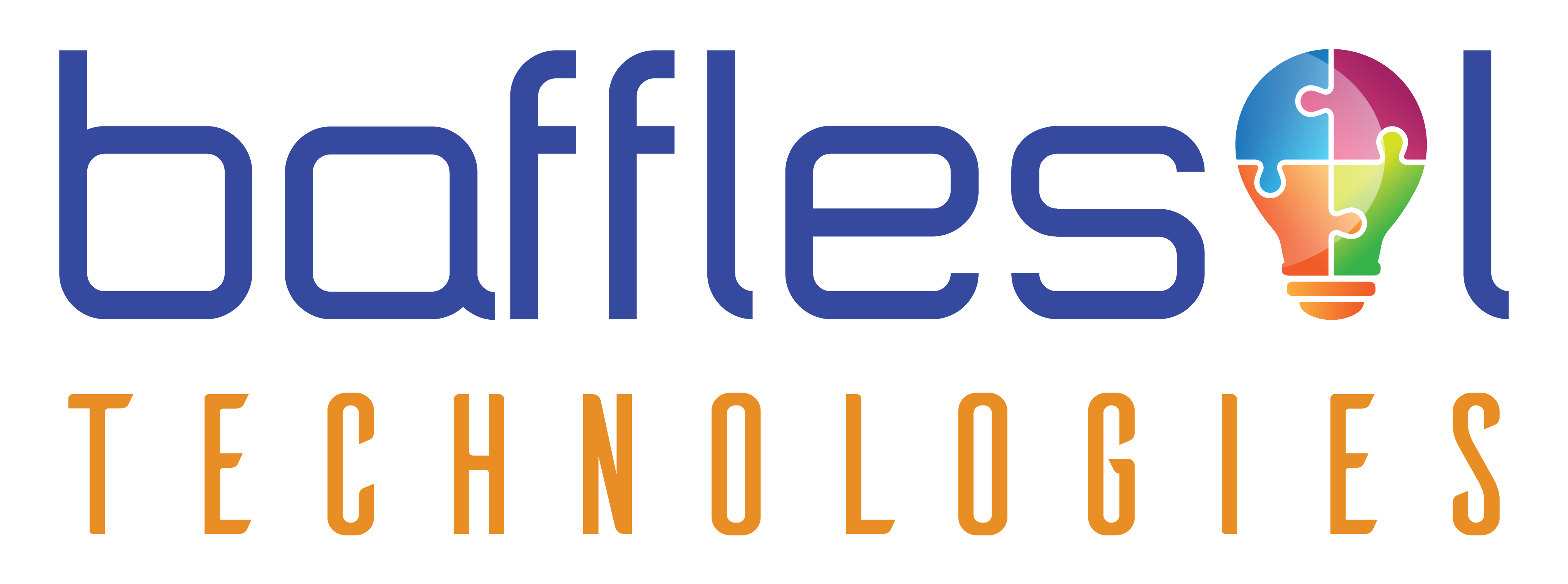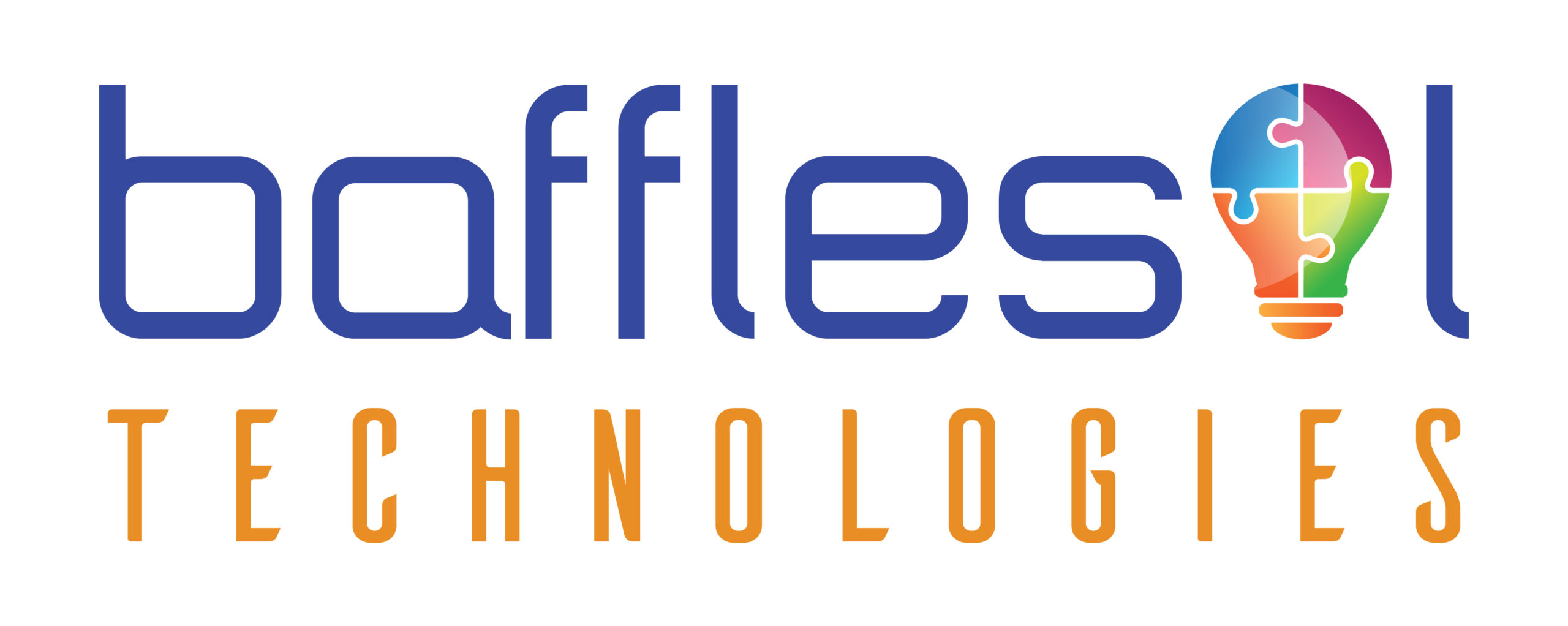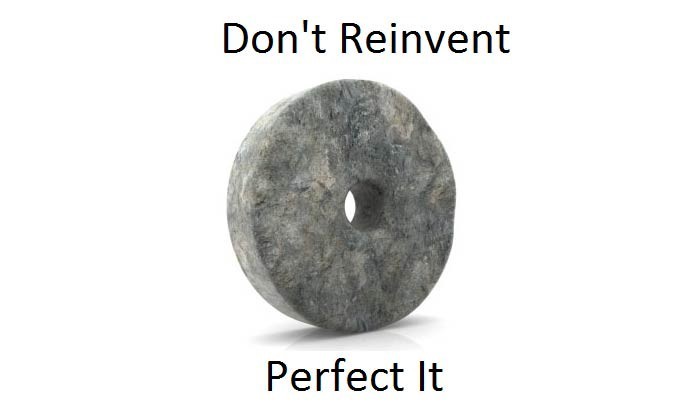Businesses are increasingly determined to create a circular economy that leads to success by consuming existing resources. Innovation and creativity need inspiration. Reusing existing knowledge is crucial to creating new design and automation ideas. Organizations will need to evolve with this advancement or be left behind.
All around the world, companies have seen turbulent changes in consumer behaviour; remote working brought in by Covid-19. Businesses are facing a “double-whammy” with changing government regulations on trade with demands of doing business during this pandemic. Businesses will struggle to innovate and respond fast to meet changing consumer needs – or even know what to create in the first place. Organizations must evolve by merging new technologies that can automate redundant processes and encourages employees to focus on more critical tasks.
- Incorporating new automation tools can:
- Decrease time spent on less engaging work
- Minimize operational and maintenance expenses
- Increase employee productivity
Instead of starting from scratch, digital transformation programs need to “reuse and improve” to adapt and enhance existing products, resources and approaches.
Reuse means evaluating what resources are currently open and using them to meet organizational goals.
Improve means modifying existing tools, products and resources to improve overall quality, relevance and impact.
True innovation is about how a product improves a task execution or enables users to respond in less time.
- Start by identifying the proper methods, standards, software platforms, technology tools and digital content that have already been tried and tested.
- Form a team; it is essential to establish a team committed to a well-thought-out plan. An effective team should include an enterprise architect, developers, business representatives from each division that the new system would impact, and a high-level IT Infra support team. It’s essential to ensure that functional and business-unit leaders provide their best people, not just those who are available.
- Identify use cases/workflows that are easy to automate but at the same time have a tremendous impact. Every company can have many use cases; therefore, bringing attention to simple and impactful use cases is necessary.
- A Roll-Out Plan, When will the upgrade be performed? Will there be an outage? If yes, how long? What message needs to be given to stakeholders, and whom must all inform? What will be the process? What if something goes wrong? Who takes the Go-No-Go Decision? How do we do rollback? In what sequence does an upgrade happen? All this needs to be addressed and identified in advance.
- Cleanse the data from multiple software and tools once the data is identified, structure and optimize it to operate with better performance.
- While an existing tool or software may not precisely fit all the needs, consider improving and building on existing rather than creating something entirely new. Your improvements result in better and more reusable software/products.
Creating and managing automation and integrations ensures no disruption to the impact of customer experience while the organization is agile enough to continue its impressive growth trajectory.
Through these changes, approach transformation can be more efficient. Money will be saved to be utilized to make better business decisions. Less human intervention will make work faster and easier. All of these reasons will lead to the inflated deployment of better products.
The cycle of Recognizing, prioritizing, defining, and adapting this automation will triumph over industries for the next decade!
To support your reuse and improve the Digital Transformation journey, leverage many great resources on YouTube, blogs, Microsoft Learn to know about customizable software, and of course me.



